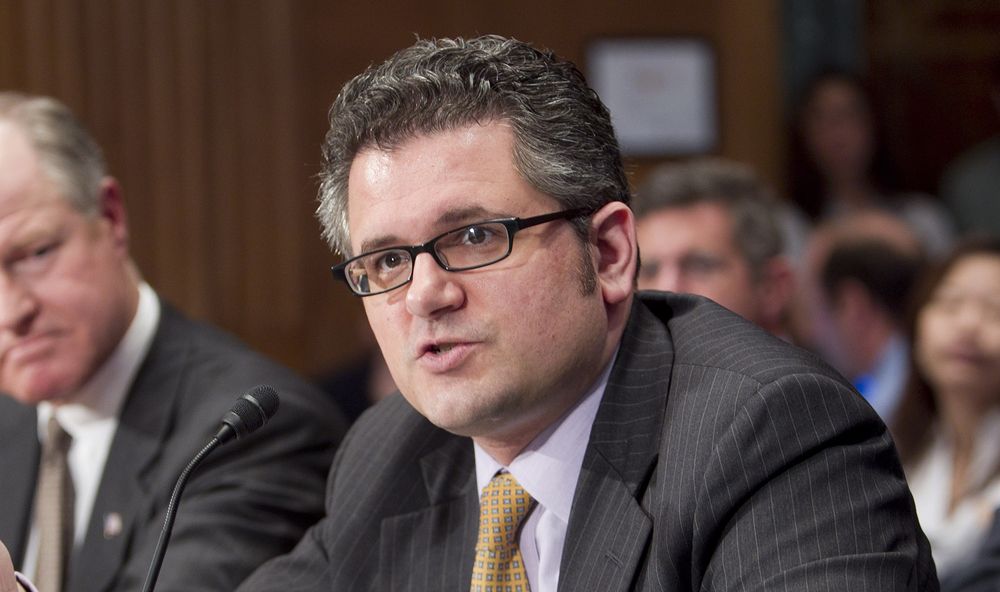By Jim Perskie
Federal Housing Finance Agency Director Mark Calabria told Congress that forbearance rates in the United States are “manageable,” noting that the number of homeowners pausing mortgage payments has slowed considerably in recent weeks.
In testimony before the U.S. Senate Committee on Banking, Housing, and Urban Affairs on Tuesday, Calabria said that the number of mortgages in forbearance were significantly lower than some had predicted.
“Early in the crisis, there were a wide variety of predictions about the future effects of COVID-19 on housing markets,” Calabria testified. “Some observers contended that forbearance rates would reach as high as 25 to 50 percent. Given the unprecedented nature of the pandemic and the high degree of uncertainty about the economic impact, FHFA carefully monitored the data … to ensure we were developing and updating our policies in response to the facts on the ground.”
Calabria, however, did not mention that the number of Fannie Mae and Freddie Mac mortgages in forbearance were significantly higher than he had predicted early in the pandemic.
Calabria said on April 1 he expected 300,000 Fannie and Freddie loans – or 1 percent of their mortgages – to go into forbearance in April. By April 20, more than 4.5 percent of Fannie and Freddie mortgages were in forbearance.
On April 8, he told HousingWire that he expected 1 million Fannie and Freddie loans would be in forbearance by May. The Mortgage Bankers Association reported this week that 6.4 percent of Fannie and Freddie loans were in forbearance at the end of May.
The $2 trillion CARES Act includes a moratorium on foreclosures and the right to forbearance on federally backed mortgages. Forbearance allows borrowers to put off payments for at least 180 days if they suffer economic hardship during the pandemic.
The MBA estimates that roughly 4.3 million mortgages were in forbearance at the end of May – and the rate of increase has largely slowed down. For bank lenders, the share of loans in forbearance actually decreased in the latest report.
“At this point, I remain encouraged by what the data is telling us about the trajectory of forbearance rates,” Calabria said. “Data developed internally at the Enterprises and by industry groups indicate that Enterprise forbearance rates remain manageable.”
As the number of loans in forbearance climbed, FHFA implemented a series of protections for borrowers and banks – including extending a foreclosure and eviction ban, allowing borrowers to defer payments to the end of their loans, implementing flexible loan closing policies, ensuring no lump sums were required at the end of forbearance, and requiring lenders to pay creditors for just four months of missed payments from borrowers.
“In a crisis, panic can lead to ill-conceived policy responses and send confounding signals to the market. It is imperative to remain calm and make decisions based on careful, thoughtful analysis of the most up-to-date data available,” Calabria said. “This has been a fundamental objective of FHFA during the COVID-19 national emergency.”
